Home>Furniture & Design>Interior Design Trends>What Is Going To Go Out Of Style In Home Decor
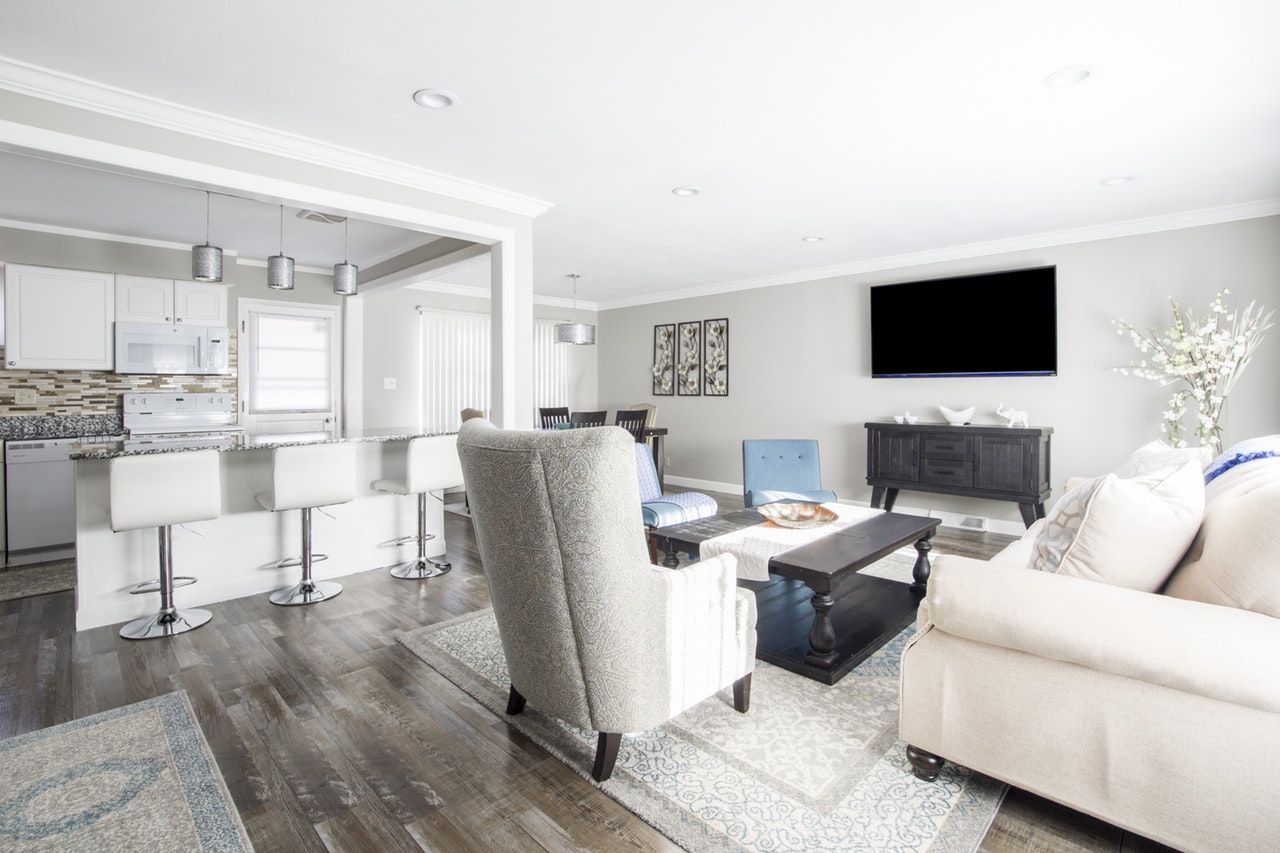

Interior Design Trends
What Is Going To Go Out Of Style In Home Decor
Modified: October 20, 2024
Discover the latest interior design trends and find out what is going out of style in home decor. Stay ahead of the curve with our expert insights.
(Many of the links in this article redirect to a specific reviewed product. Your purchase of these products through affiliate links helps to generate commission for Storables.com, at no extra cost. Learn more)
Bold Patterns
Bold Patterns in Home Decor: A Trend That’s Fading
For years, bold patterns have been a staple in interior design, adding vibrancy and personality to living spaces. However, as design trends evolve, we are witnessing a gradual shift away from the dominance of bold patterns in home decor. While these patterns have undoubtedly made a powerful statement in the past, their prevalence is waning as more subtle and understated designs take center stage.
One of the primary reasons for this shift is the growing preference for minimalist and Scandinavian-inspired aesthetics. These styles emphasize clean lines, neutral color palettes, and uncluttered spaces, creating a sense of calm and tranquility. In contrast, bold patterns can sometimes overwhelm a room, making it feel visually busy and chaotic. As homeowners seek to create serene and harmonious environments, they are increasingly opting for simpler, more subdued patterns or solid colors to achieve a sense of balance and order.
Another factor contributing to the decline of bold patterns is the desire for longevity in design choices. While bold patterns can inject immediate energy and excitement into a room, they can also become dated relatively quickly. As a result, many homeowners are gravitating towards timeless and versatile designs that can withstand evolving trends and remain relevant for years to come. By incorporating more timeless elements into their decor, they can create spaces that feel current and sophisticated, regardless of shifting design fads.
It’s important to note that this shift does not signify the complete eradication of bold patterns from home decor. Instead, we are observing a more nuanced approach to their use. Rather than covering entire walls or large furniture pieces with bold prints, designers are integrating them in smaller doses, such as accent pillows, throws, or statement artwork. This allows for a pop of personality without overwhelming the overall aesthetic of the space.
Ultimately, the evolving attitudes towards bold patterns in home decor reflect a broader movement towards balance, timelessness, and versatility in interior design. While these patterns have left an indelible mark on the design world, their role is gradually evolving to complement and accent, rather than dominate, contemporary living spaces.
Industrial Furniture
Key Takeaways:
- Say goodbye to bold patterns! Home decor is shifting towards more subtle and understated designs, emphasizing balance, timelessness, and versatility. Expect smaller doses of bold prints as accents rather than dominating the space.
- Industrial furniture is making way for warmth and comfort in home decor. The trend is now towards a mix-and-match aesthetic, allowing for greater creativity and self-expression in creating personalized living spaces.
The Evolution of Industrial Furniture in Home Decor
Industrial furniture, characterized by its raw, utilitarian aesthetic and rugged materials, has been a prominent trend in home decor for quite some time. However, as design preferences continue to evolve, we are witnessing a gradual shift in the popularity of industrial furniture. While it has undeniably made a bold statement in interior design, its dominance is now giving way to other styles that prioritize warmth, comfort, and a more refined aesthetic.
One of the primary reasons for this shift is the increasing desire for a cozy and inviting atmosphere in living spaces. Industrial furniture, with its emphasis on metal, reclaimed wood, and exposed hardware, can sometimes exude a cold and stark ambiance. As homeowners seek to create nurturing and welcoming environments, they are turning to styles that incorporate softer textures, warmer tones, and a more lived-in feel. This shift reflects a broader movement towards designs that prioritize comfort and homeliness without sacrificing visual interest and sophistication.
Another contributing factor to the waning popularity of industrial furniture is the desire for a more eclectic and personalized approach to decor. While industrial pieces have undoubtedly made a striking impact, many homeowners are now drawn to a mix-and-match aesthetic that incorporates diverse influences and styles. This approach allows for greater creativity and self-expression, enabling individuals to curate spaces that reflect their unique personalities and experiences. By blending different design elements, they can create environments that feel deeply personal and authentic.
It’s important to note that the evolution of industrial furniture does not signify its complete disappearance from the design landscape. Instead, we are witnessing a more nuanced integration of industrial elements into diverse decor styles. Designers and homeowners are exploring ways to infuse industrial touches, such as metal accents or distressed finishes, into more eclectic and diverse design schemes. This approach allows for the preservation of industrial aesthetics while harmonizing with a broader range of design influences.
In essence, the changing attitudes towards industrial furniture reflect a broader shift towards inclusivity, comfort, and individuality in interior design. While industrial pieces have left an indelible mark on the design world, their role is evolving to complement and enrich diverse design narratives, contributing to a more nuanced and personalized approach to home decor.
All-White Kitchens
The Decline of All-White Kitchens: A Shift in Home Design Trends
For years, all-white kitchens have been hailed as the epitome of timeless elegance and sophistication in home design. However, as design preferences continue to evolve, we are witnessing a gradual departure from the reign of all-white kitchens. While they have undeniably exuded a sense of cleanliness and brightness, their dominance is now giving way to more diverse color palettes and a greater emphasis on warmth, texture, and individuality in kitchen design.
One of the primary reasons for this shift is the desire for kitchens that feel more inviting and expressive. All-white kitchens, while pristine and visually striking, can sometimes come across as sterile and lacking in personality. As homeowners seek to infuse their living spaces with warmth and character, they are exploring alternative color schemes and materials that contribute to a more personalized and welcoming ambiance. This shift reflects a broader movement towards kitchens that serve as inviting hubs for socializing and self-expression, rather than purely utilitarian spaces.
Another contributing factor to the decline of all-white kitchens is the growing appreciation for diverse and eclectic design elements. While white kitchens have long been celebrated for their clean and uniform appearance, many homeowners are now drawn to the richness and depth offered by varied color palettes and mixed materials. By incorporating contrasting hues, natural textures, and unique finishes, they can create kitchens that feel dynamic and visually engaging, reflecting a more individualistic and expressive approach to design.
It’s important to note that the transition away from all-white kitchens does not signify the complete abandonment of white as a dominant color. Instead, we are witnessing a more nuanced integration of white elements alongside diverse colors and materials. Designers and homeowners are exploring the use of white as a complementary accent, balancing its timeless appeal with the richness and warmth offered by alternative design choices.
In essence, the evolving attitudes towards all-white kitchens reflect a broader shift towards inclusivity, warmth, and individuality in kitchen design. While white kitchens have undoubtedly left an indelible mark on the design world, their role is evolving to complement and enrich diverse design narratives, contributing to a more nuanced and personalized approach to kitchen decor.
Open Shelving
When it comes to home decor, trends come and go. Right now, heavy, dark furniture and overly ornate designs are on their way out. Opt for lighter, more minimalist pieces for a timeless look.
The Transition Away from Open Shelving in Home Decor
Open shelving has long been celebrated for its ability to create an airy, open, and visually appealing storage solution in kitchens and living spaces. However, as design trends continue to evolve, we are witnessing a gradual shift away from the dominance of open shelving. While it has undeniably contributed to a sense of spaciousness and accessibility, its prevalence is now giving way to a renewed appreciation for enclosed storage and a more streamlined, clutter-free aesthetic.
One of the primary reasons for this shift is the practical considerations involved in maintaining open shelving. While it offers an opportunity to showcase curated collections and decorative items, it also requires meticulous organization and upkeep to maintain a tidy and cohesive appearance. As homeowners seek functional and efficient storage solutions, they are turning to enclosed cabinets and pantry spaces that provide ample room for storage while concealing clutter and maintaining a clean, uncluttered look.
Another contributing factor to the decline of open shelving is the desire for a more cohesive and visually streamlined kitchen or living space. While open shelves can create a sense of openness, they can also contribute to visual busyness and a lack of visual cohesion, especially when items on the shelves are not carefully curated. As homeowners seek to create harmonious and visually balanced environments, they are opting for closed storage solutions that contribute to a more cohesive and organized appearance.
It’s important to note that the transition away from open shelving does not signify its complete disappearance from home decor. Instead, we are witnessing a more nuanced approach to its use. Designers and homeowners are exploring the incorporation of glass-front cabinets or partial open shelving, striking a balance between the accessibility and visual interest of open storage and the streamlined, cohesive appearance of enclosed storage.
In essence, the evolving attitudes towards open shelving reflect a broader movement towards practicality, visual cohesion, and streamlined aesthetics in home design. While open shelving has undoubtedly made a significant impact on the design world, its role is now evolving to complement and enrich diverse design narratives, contributing to a more nuanced and personalized approach to storage solutions in kitchens and living spaces.
Minimalist Design
The Evolution of Minimalist Design in Home Decor
Minimalist design, characterized by its clean lines, uncluttered spaces, and emphasis on functionality, has long been revered for its timeless elegance and simplicity. However, as design preferences continue to evolve, we are witnessing a gradual shift in the perception and application of minimalist design in home decor. While it has undeniably exuded a sense of calm and sophistication, its dominance is now giving way to a more eclectic, personalized, and expressive approach to interior design.
One of the primary reasons for this shift is the desire for spaces that feel more inviting and reflective of individual personalities. While minimalist design has excelled in creating serene and uncluttered environments, it can sometimes be perceived as cold or lacking in warmth and character. As homeowners seek to infuse their living spaces with a sense of personal expression and comfort, they are exploring a more diverse range of design elements, textures, and colors to create environments that feel deeply personal and inviting.
Another contributing factor to the evolution of minimalist design is the growing appreciation for varied textures and materials. While minimalism has traditionally emphasized simplicity and uniformity, many homeowners are now drawn to the richness and depth offered by diverse textures, natural materials, and tactile elements. By incorporating these elements, they can create spaces that feel dynamic and visually engaging, reflecting a more individualistic and expressive approach to design.
It’s important to note that the transition away from strict minimalism does not signify the complete abandonment of its principles. Instead, we are witnessing a more nuanced integration of minimalist elements alongside diverse design styles. Designers and homeowners are exploring the use of minimalist principles to create a sense of balance and harmony within more diverse and eclectic design narratives.
In essence, the evolving attitudes towards minimalist design reflect a broader shift towards inclusivity, warmth, and individuality in interior design. While minimalist design has undoubtedly made a significant impact on the design world, its role is evolving to complement and enrich diverse design narratives, contributing to a more nuanced and personalized approach to home decor.
Frequently Asked Questions about What Is Going To Go Out Of Style In Home Decor
Was this page helpful?
At Storables.com, we guarantee accurate and reliable information. Our content, validated by Expert Board Contributors, is crafted following stringent Editorial Policies. We're committed to providing you with well-researched, expert-backed insights for all your informational needs.
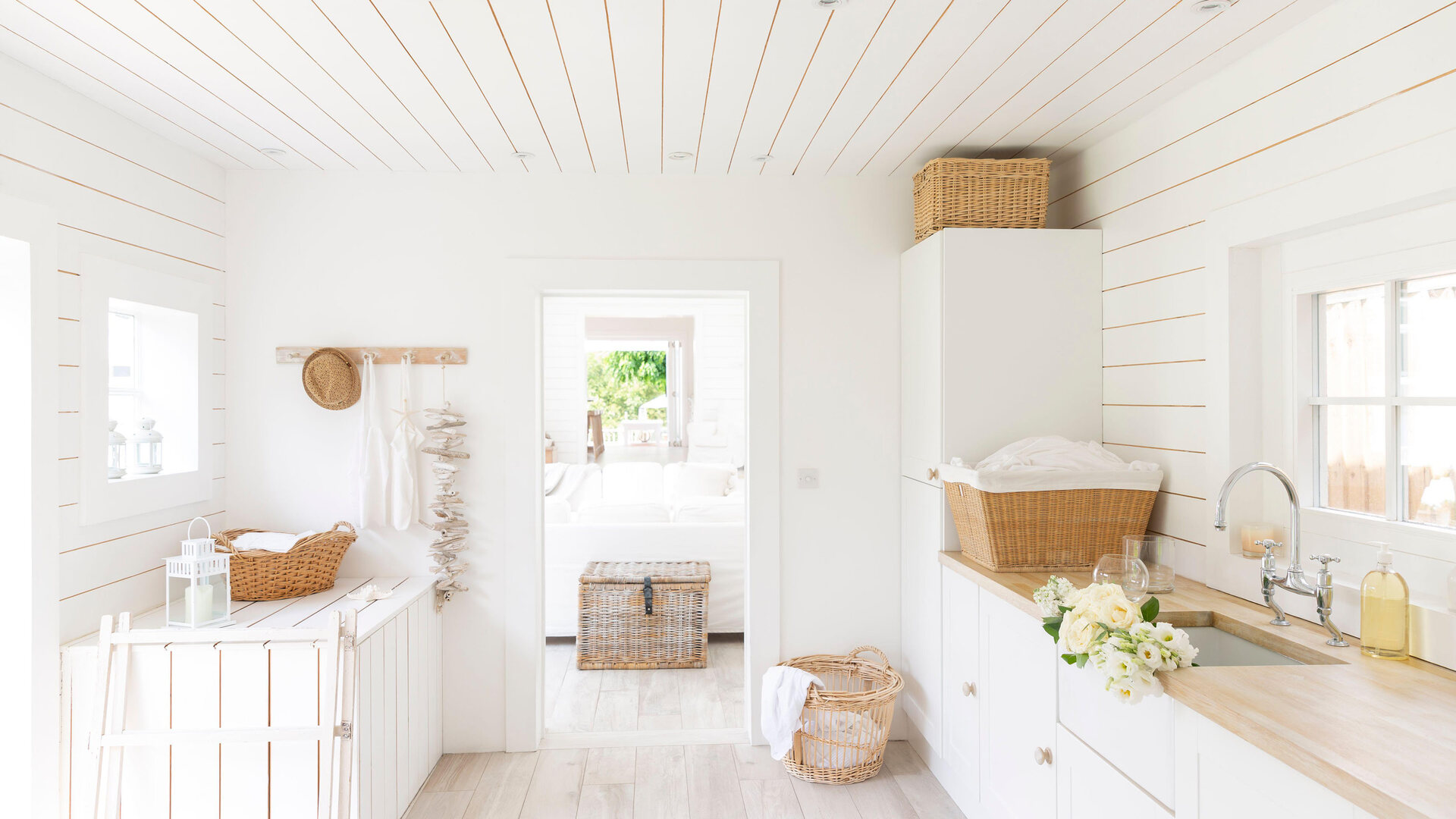
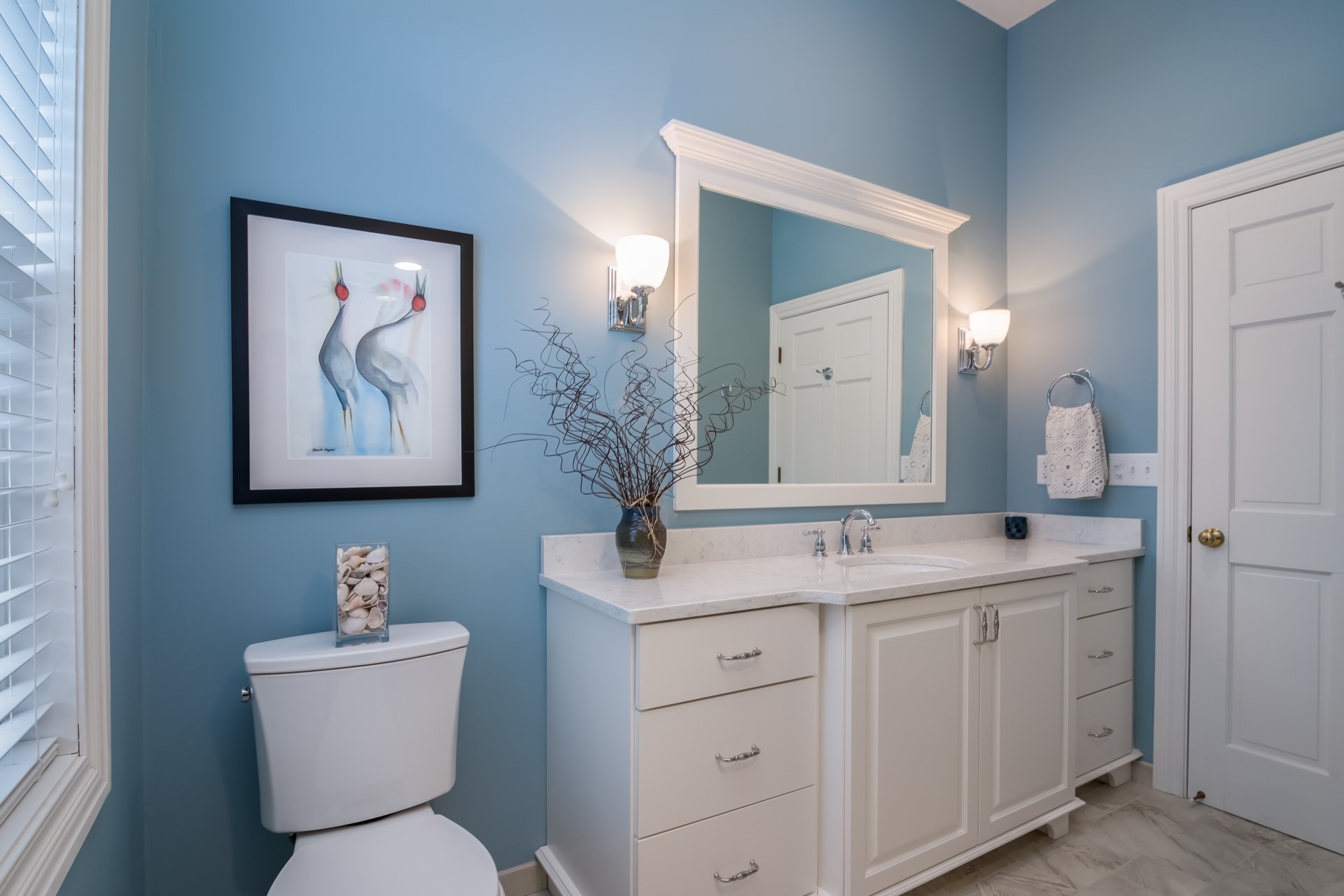
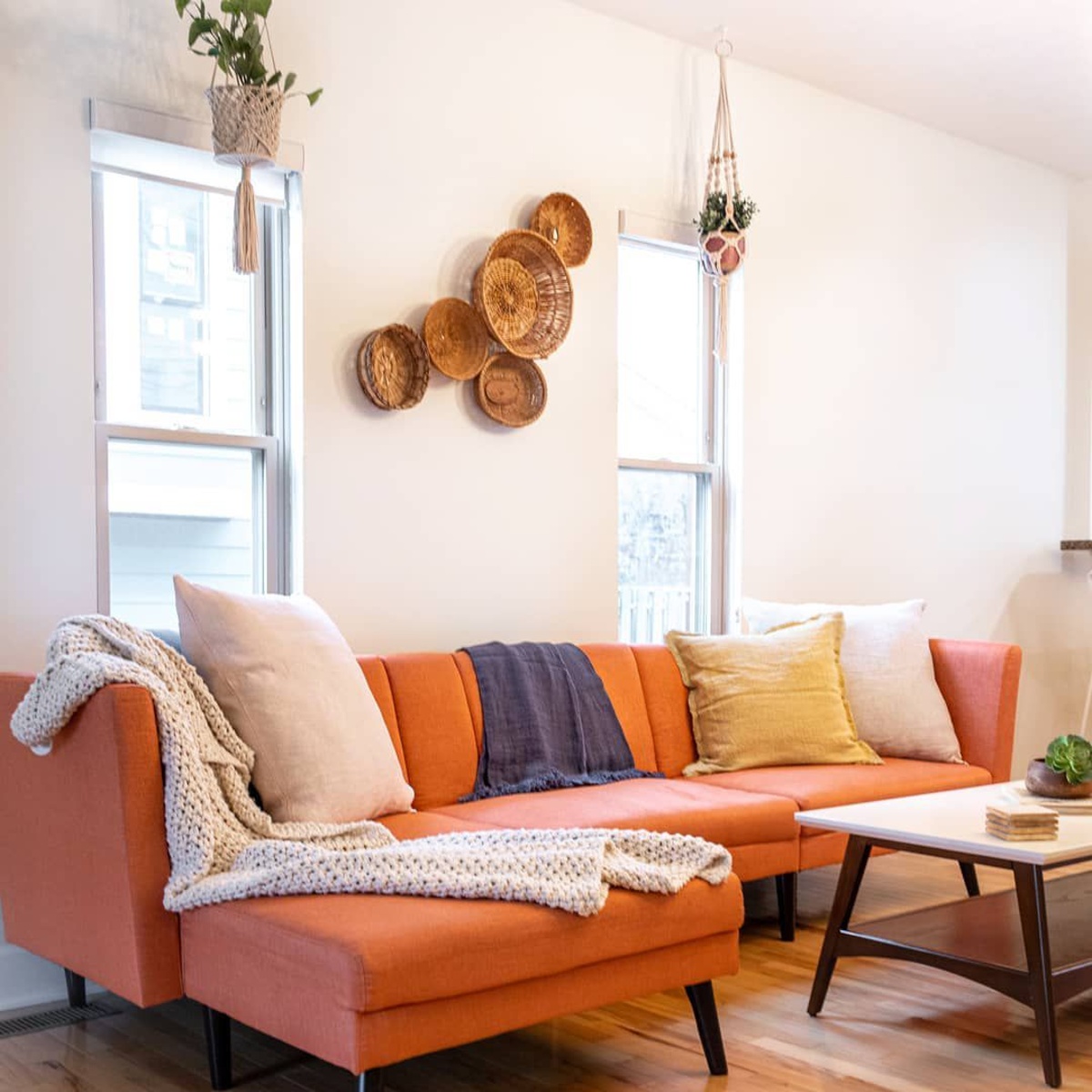
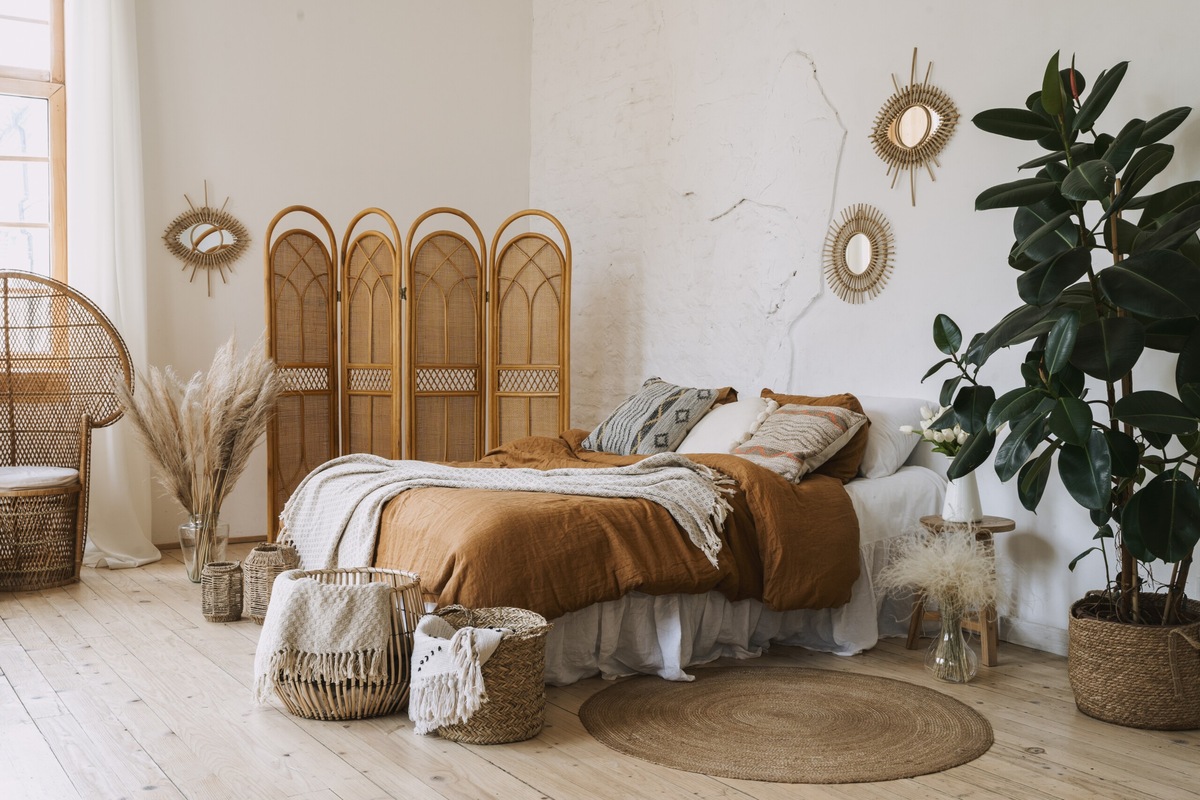
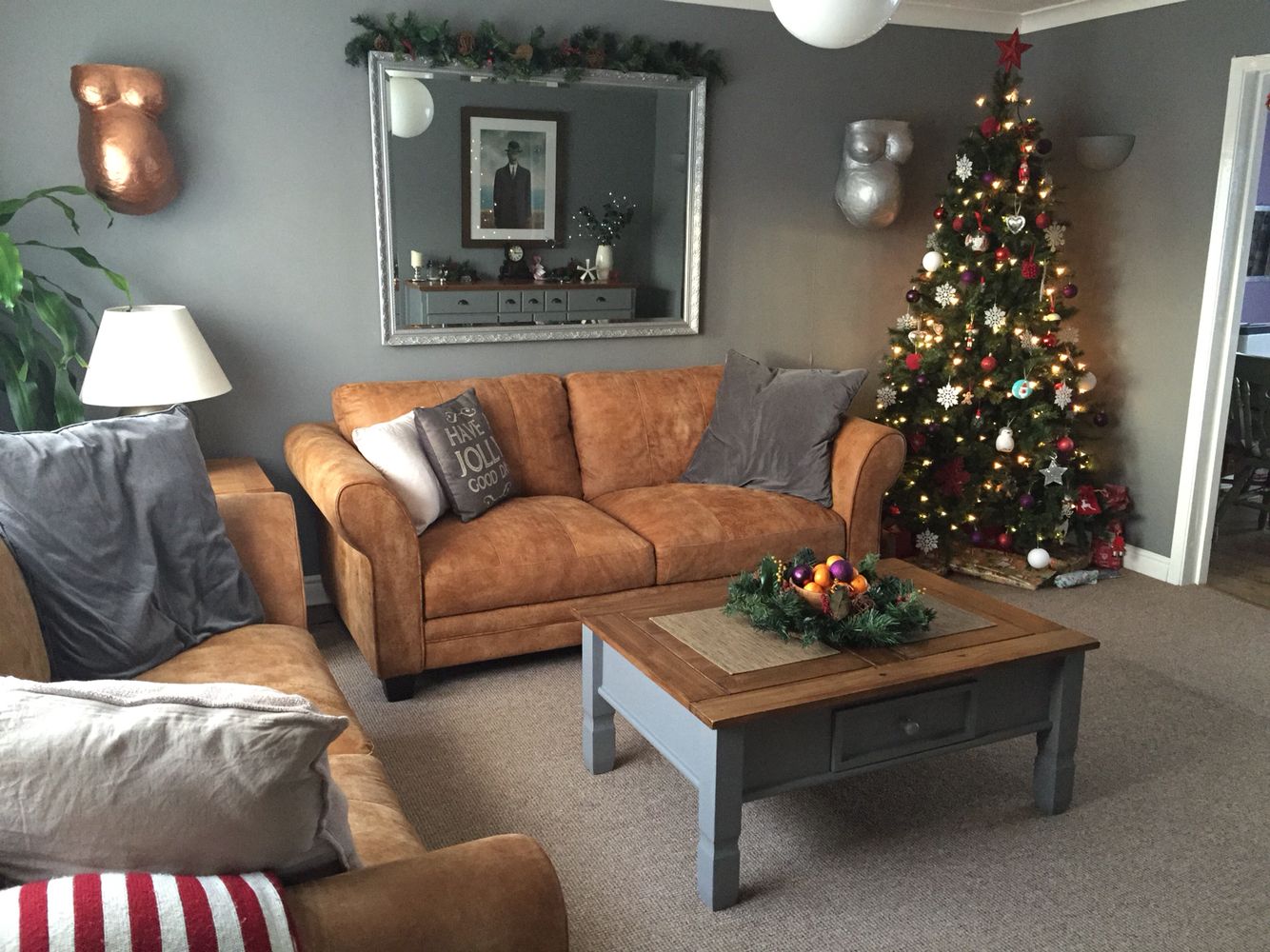
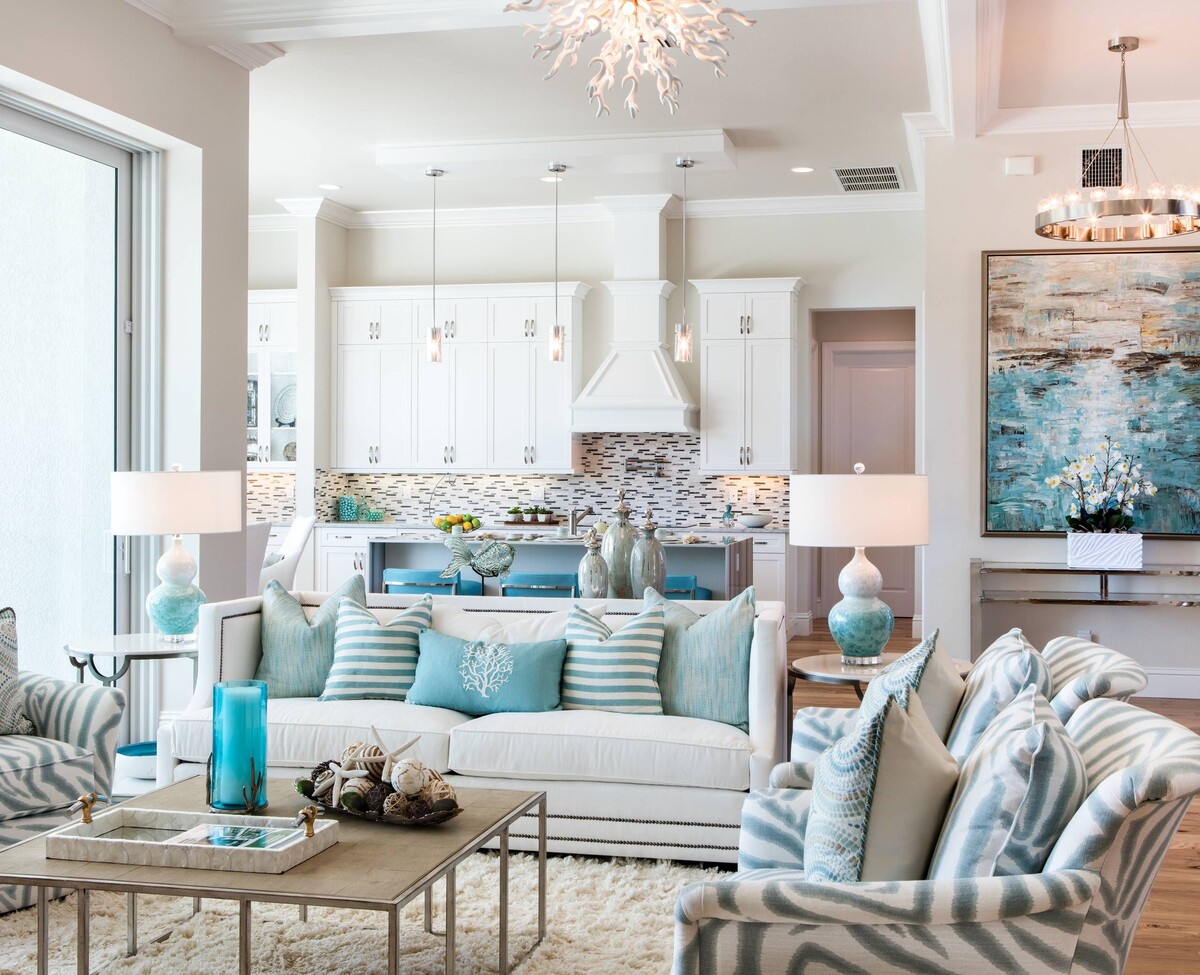
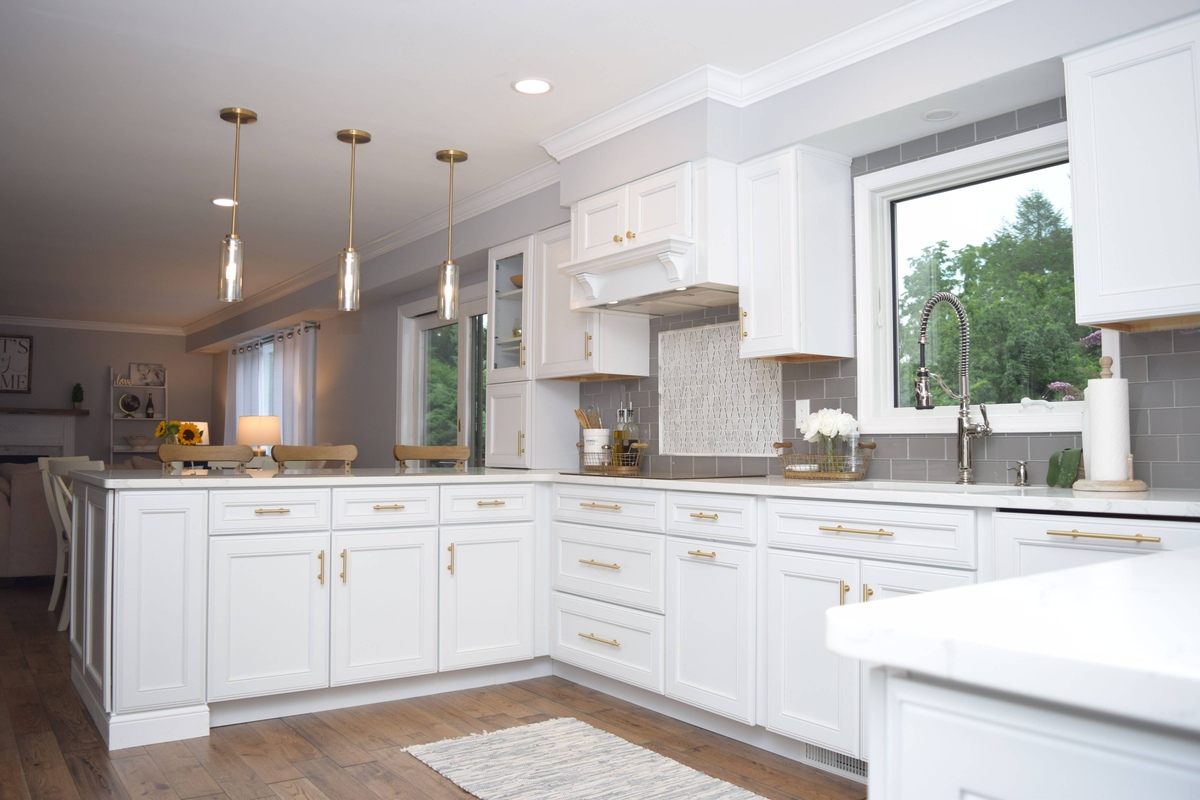
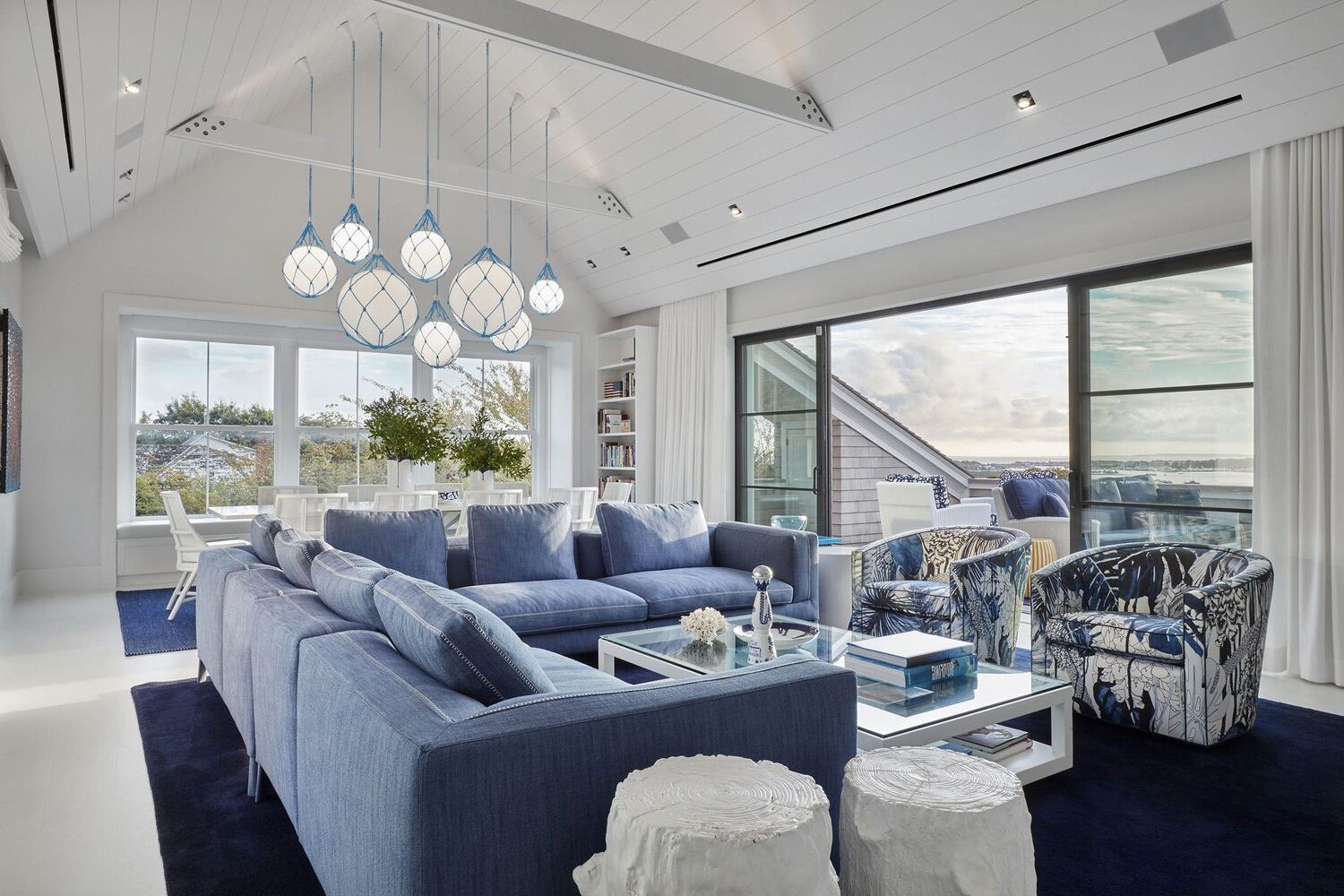
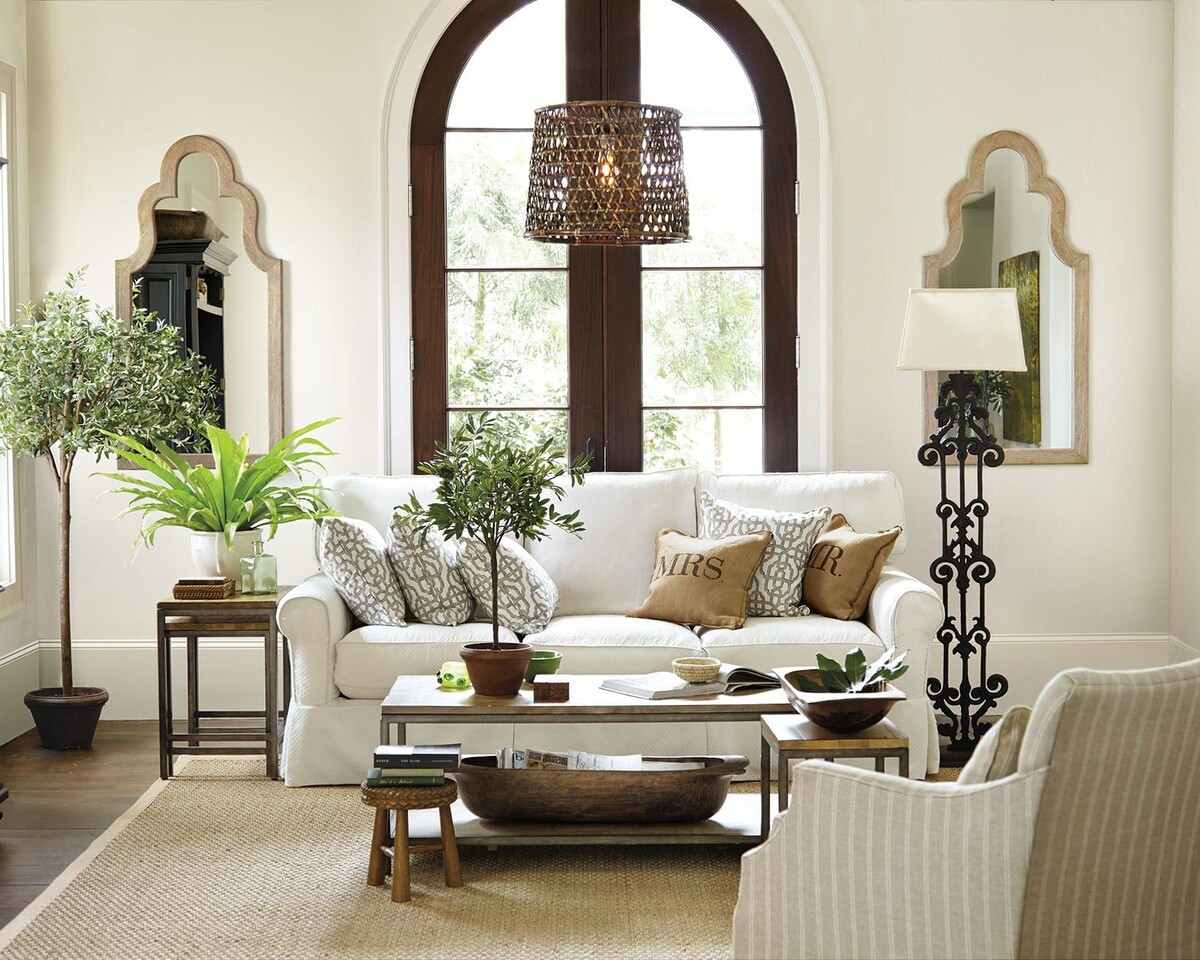
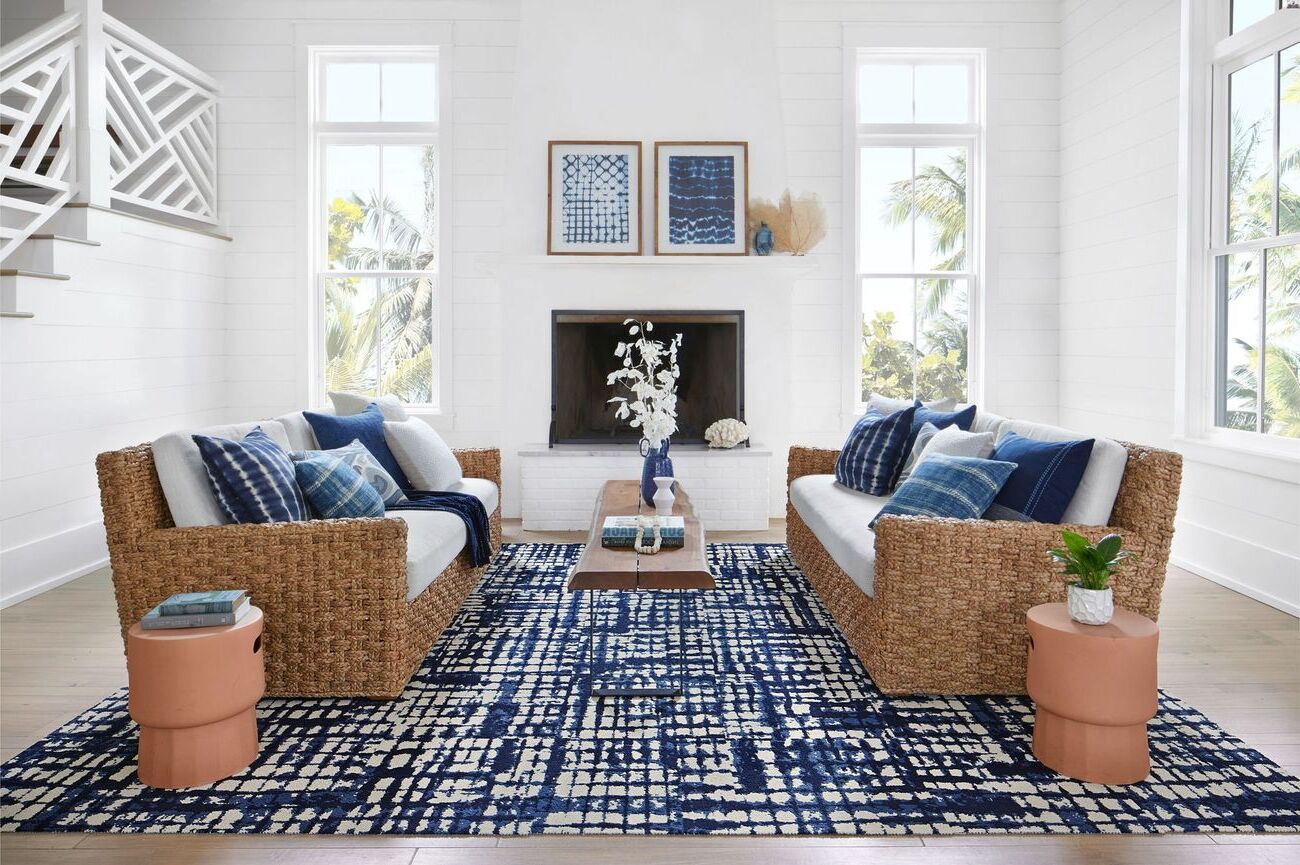
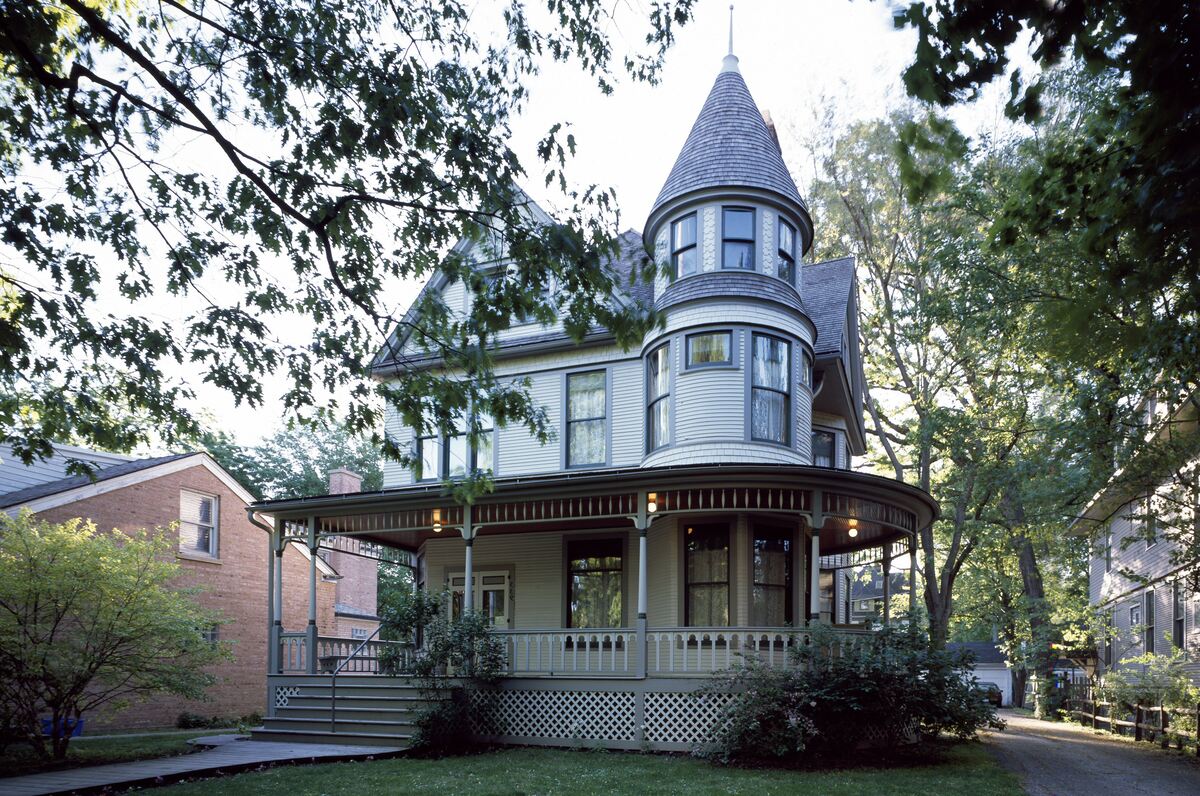
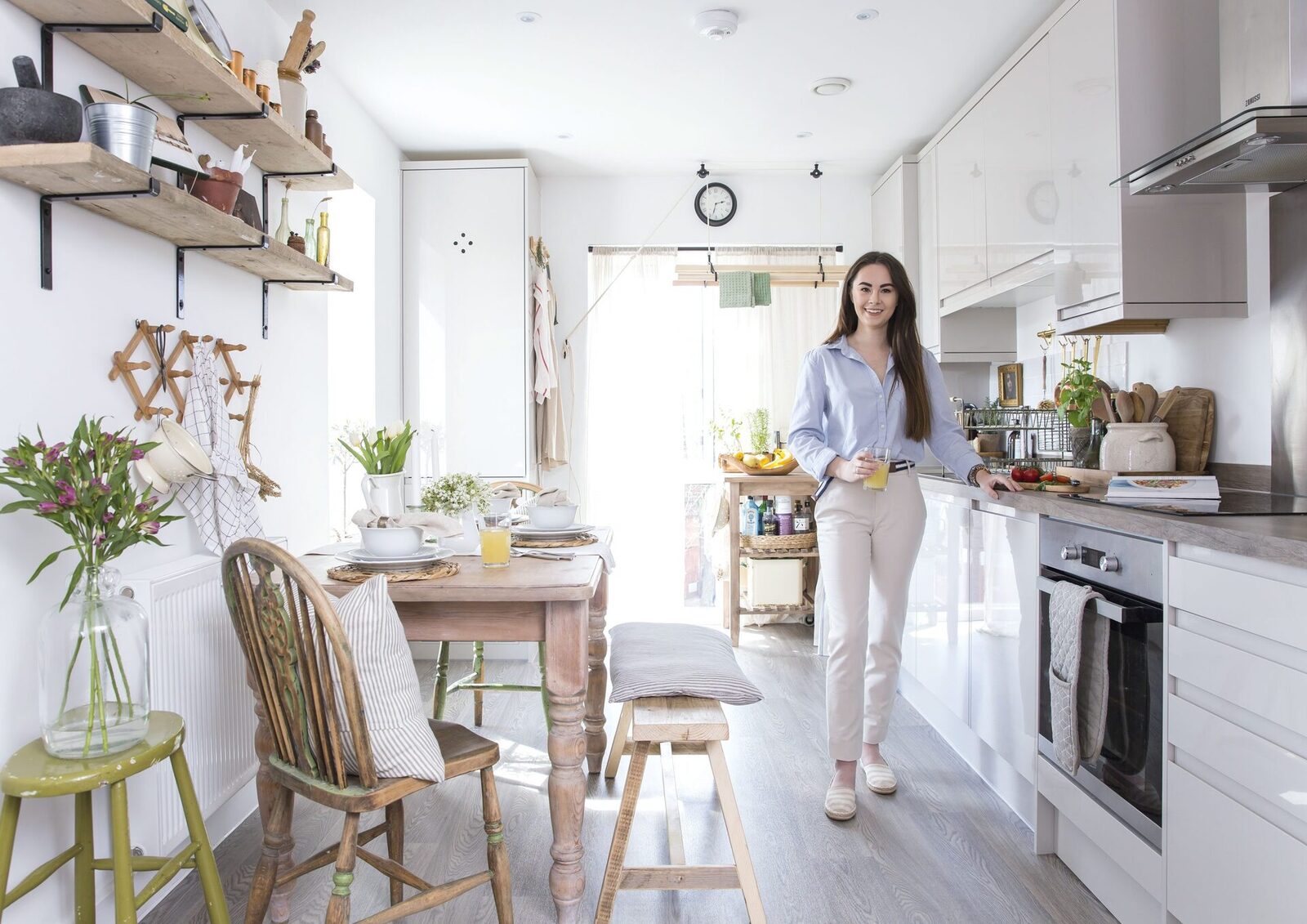
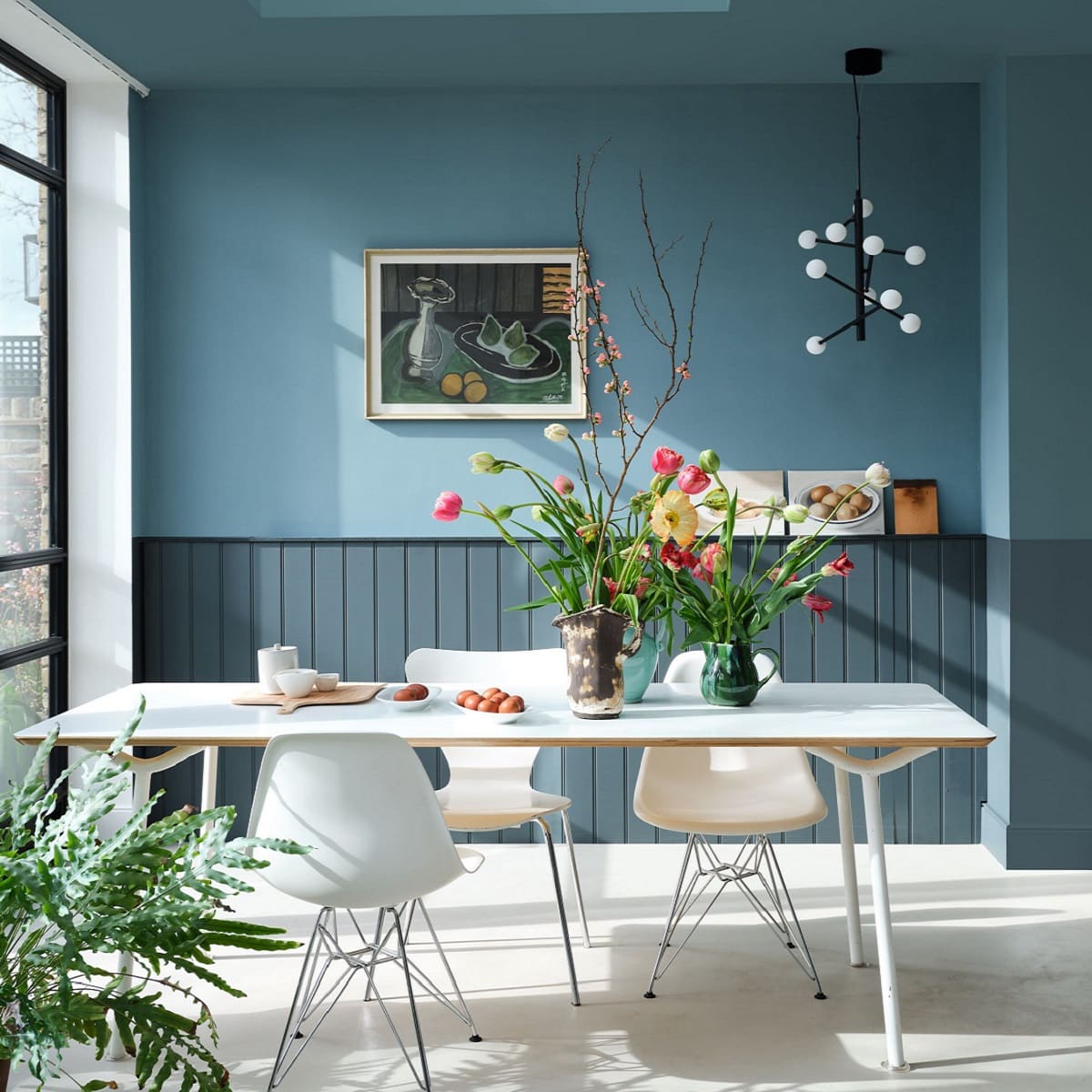
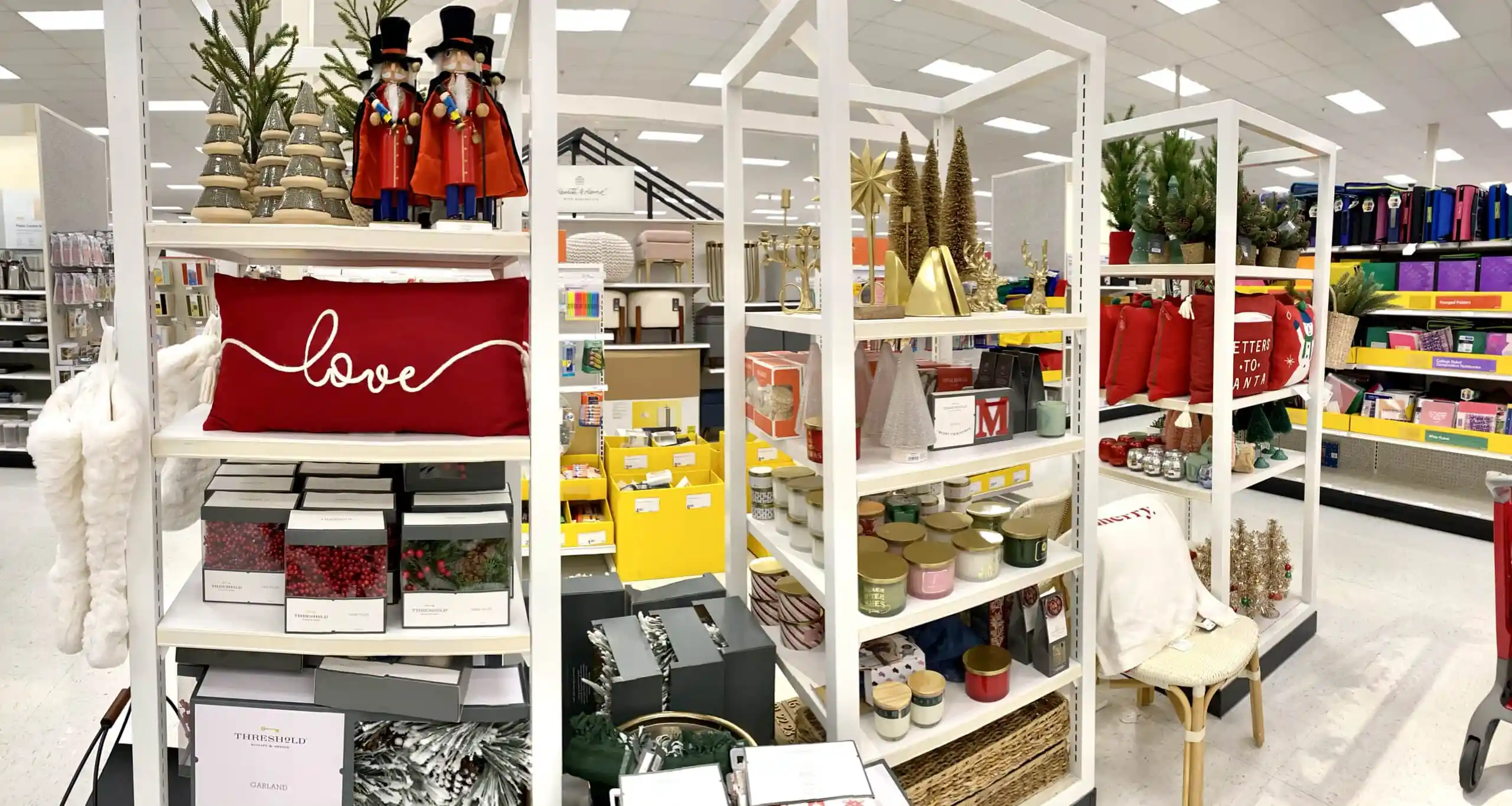
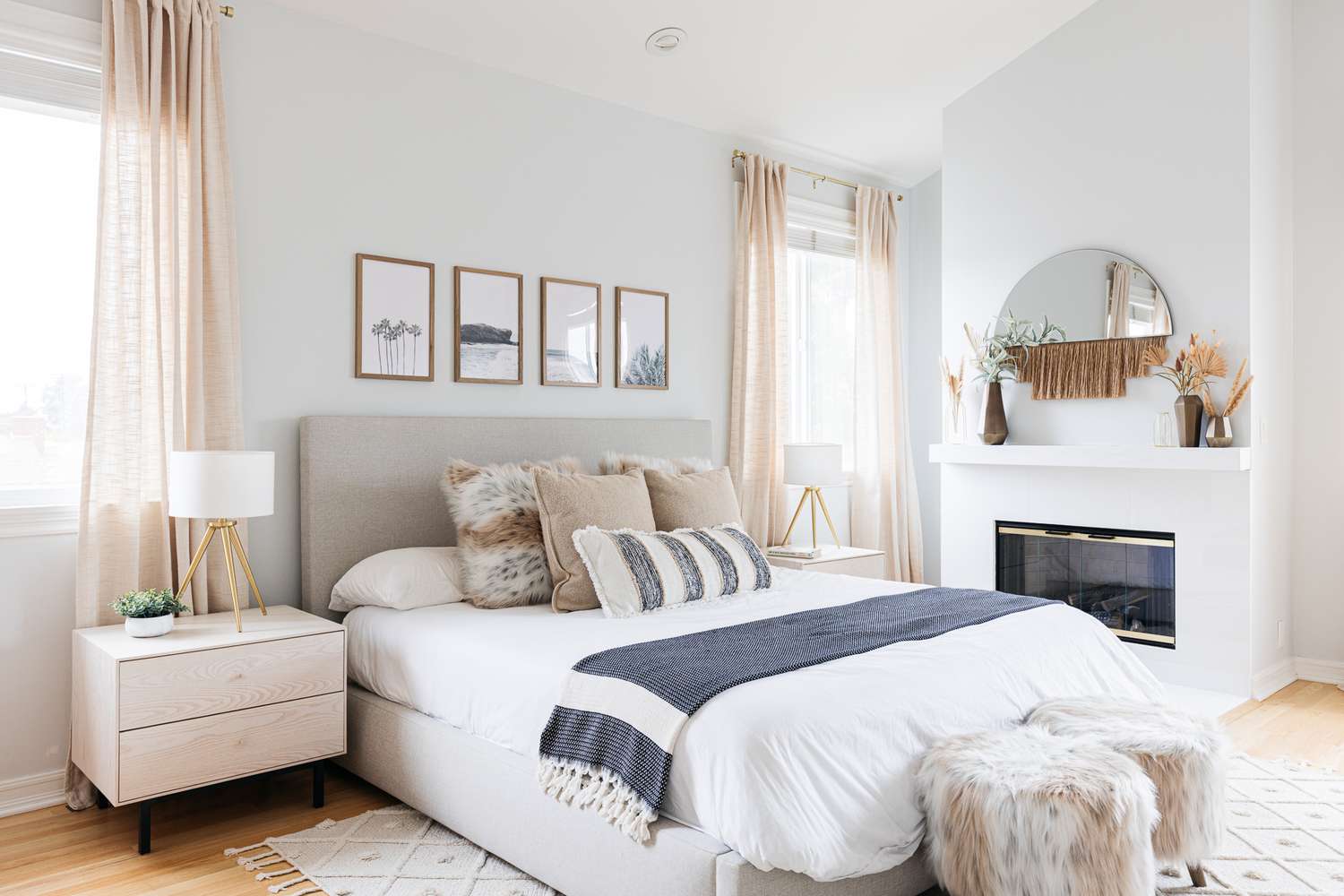

0 thoughts on “What Is Going To Go Out Of Style In Home Decor”